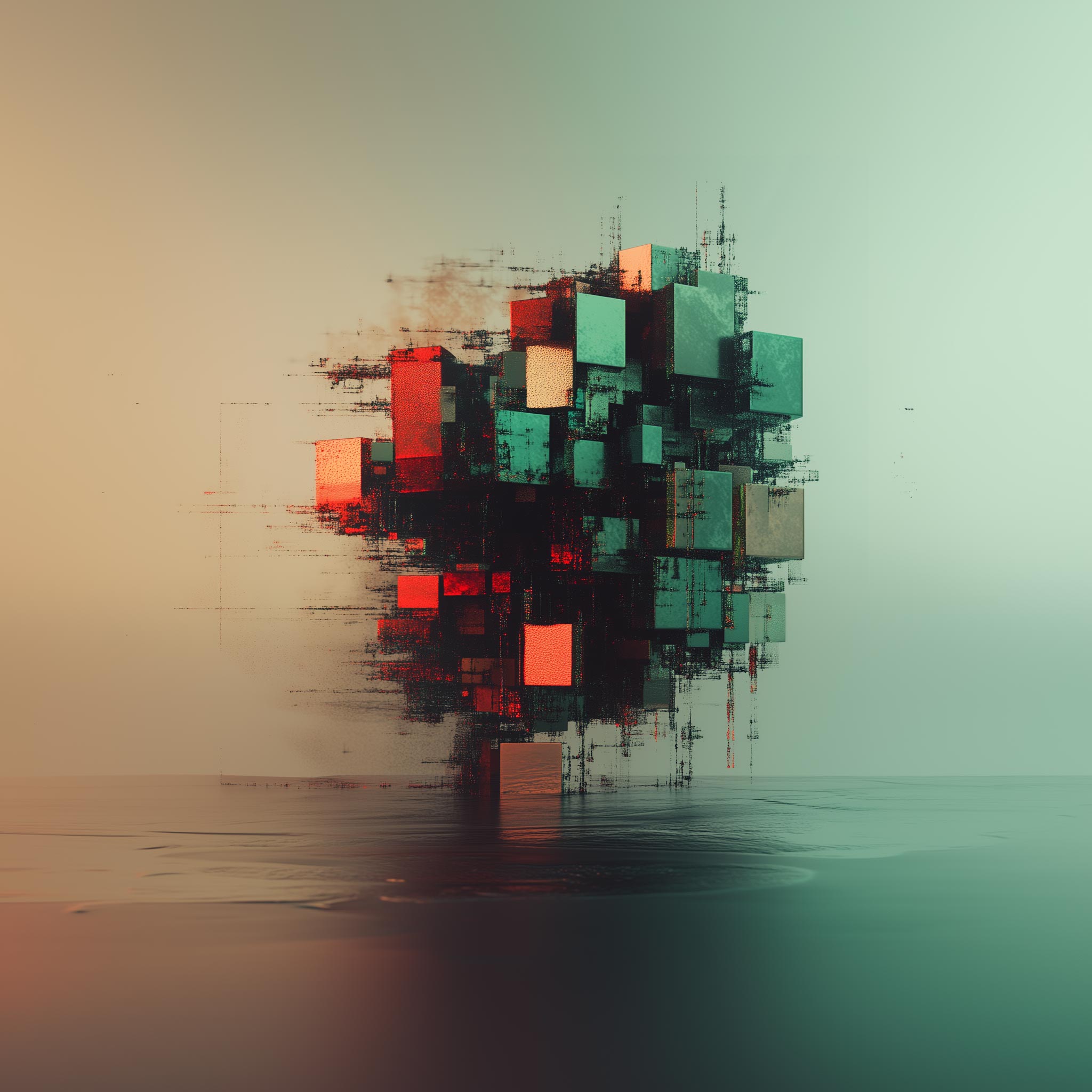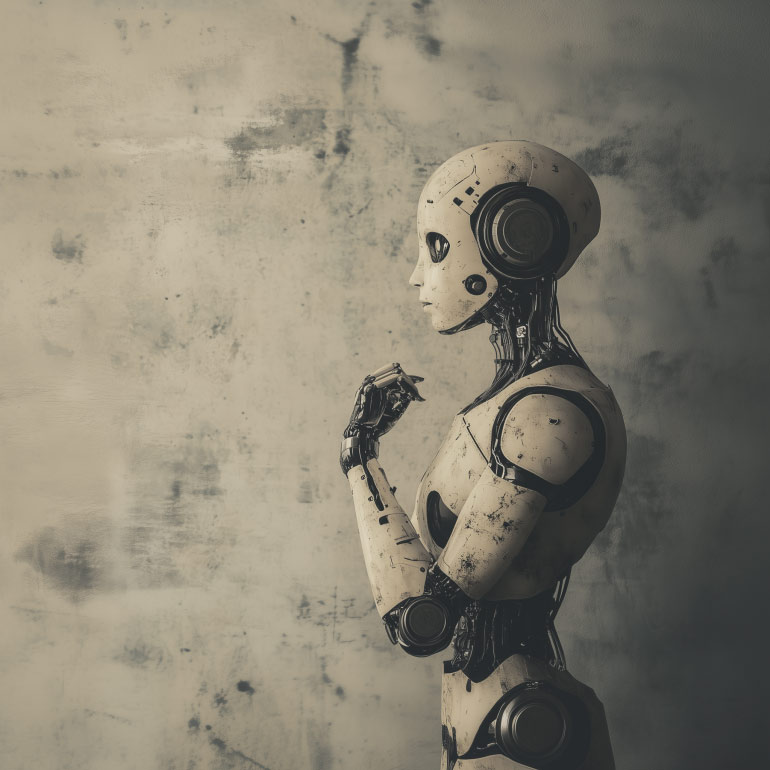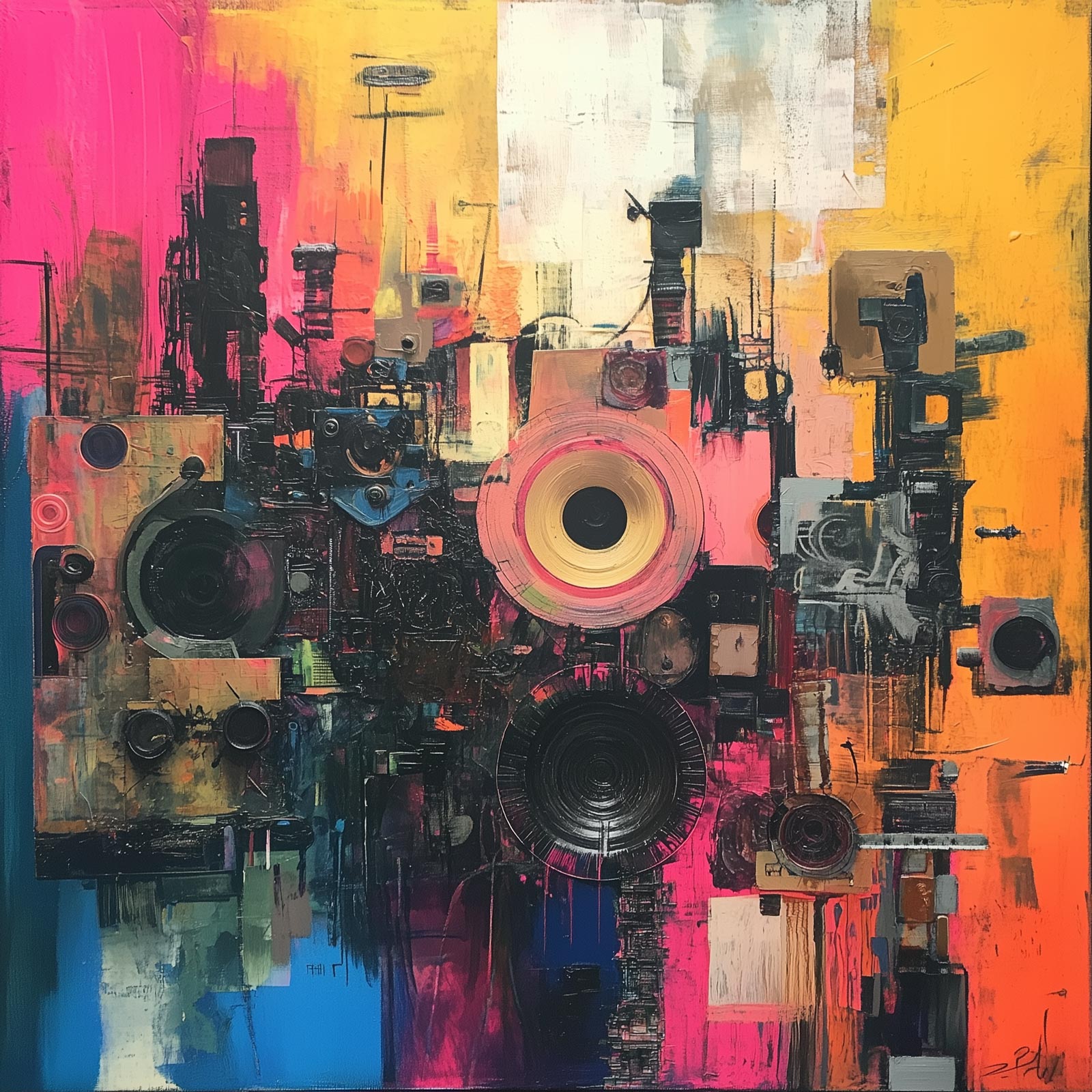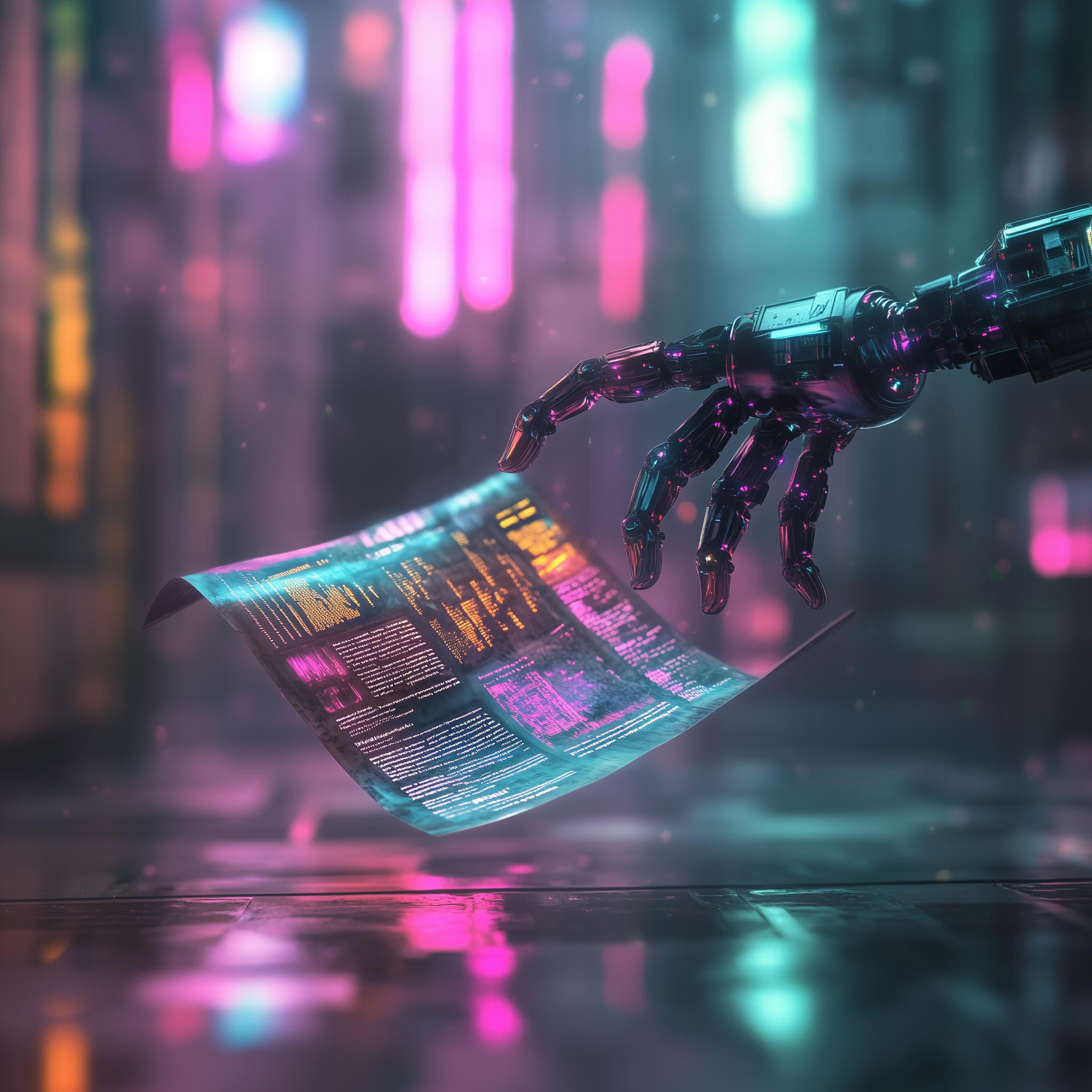Introduction
Imagine a world where your computer doesn’t just follow orders—it thinks, creates, and churns out content faster than a caffeine-fuelled writer on a deadline. Welcome to the age of Generative AI, where machines don’t just crunch numbers—they write poetry, design logos, and even compose music that would make Beethoven raise an eyebrow. But what exactly is this digital wizardry, and should we be excited or slightly terrified? Let’s dive in.
So, What Is Generative AI?
Think of Generative AI as that one friend who can talk about anything, even when they have no idea what they’re saying. It’s a type of artificial intelligence that generates text, images, videos, music, and even code based on what it has learnt from vast amounts of data. Unlike traditional AI, which is great at answering yes/no questions or spotting trends, Generative AI is like an improv artist—give it a prompt, and it’ll spin out something new and (mostly) coherent.
How Does It Work? (No, It’s Not Magic)
If AI were a chef, traditional AI would be the type that follows a recipe down to the last grain of salt. Generative AI? It’s the type that throws in a handful of mystery spices and somehow still makes it taste amazing. Here’s the basic recipe:
-
Training Time – The AI is fed ridiculous amounts of data (we’re talking everything from Wikipedia to obscure Reddit threads).
-
Pattern Recognition – It learns how humans communicate, what words go together, and how sentences flow.
-
Generating Content – Give it a prompt, and it predicts what should come next, piecing together something that sounds eerily human.
Where Is Generative AI Showing Up?
Right now, Generative AI is sneaking into all sorts of places—like an overachiever who won’t sit still. Writing emails, making art, coding software, and even deepfake videos make you question reality. Some of the biggest stars in the game include:
-
ChatGPT – Writes essays, scripts, and suspiciously perfect emails.
-
DALL·E – Turns your bizarre ideas into digital artwork (yes, it can make a “taco-eating unicorn on Mars”).
-
Midjourney – Generates stunning images that look like they belong in an art gallery.
-
GitHub Copilot – Writes code, meaning developers can now take longer coffee breaks.
Should We Be Excited or Terrified?
That depends. On one hand, Generative AI is making our lives easier—automating boring tasks, generating ideas, and even acting as a creative collaborator. On the other hand, it’s also making fake news harder to spot, jobs more automated, and deepfake videos way too convincing.
It’s like giving a toddler a permanent marker—exciting, but you know there’s potential for chaos.
The Future: Utopia or Skynet?
The big question is: where do we go from here? Generative AI could be the greatest tool humanity has ever invented or why we all start second-guessing reality. The key, as always, is responsible development. AI should be used as a sidekick, not the main hero—helping us innovate, not replacing us entirely.
Final Thoughts
Generative AI is here, and it’s changing everything. Whether you see it as a genius assistant or an unpredictable wildcard, one thing’s for sure—it’s not going away. So, buckle up, stay informed, and maybe don’t believe everything you see online. After all, that perfectly written email from your boss? There’s a good chance AI wrote it.
Now, go ask ChatGPT to write you a haiku about pizza. You won’t regret it.



